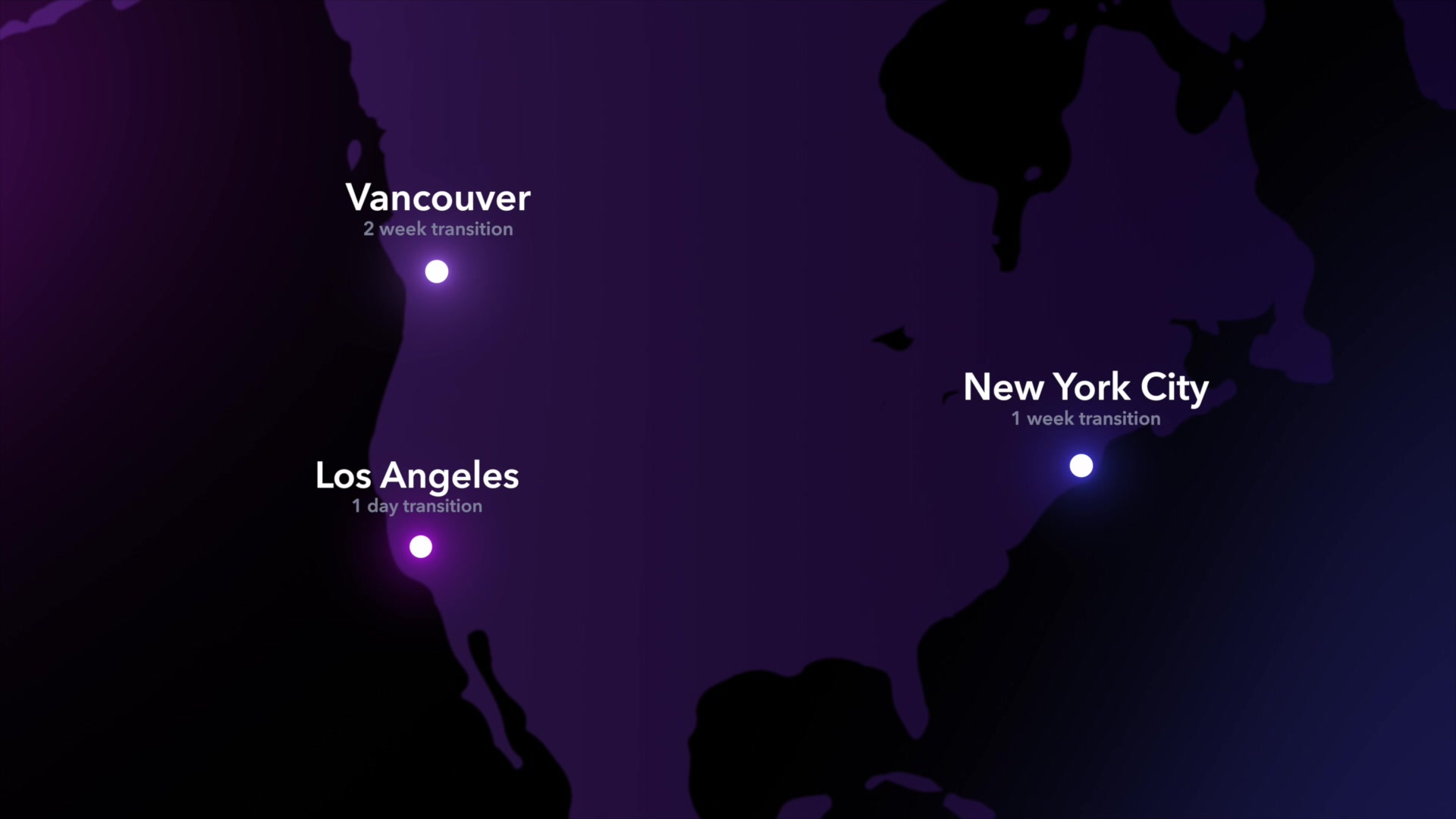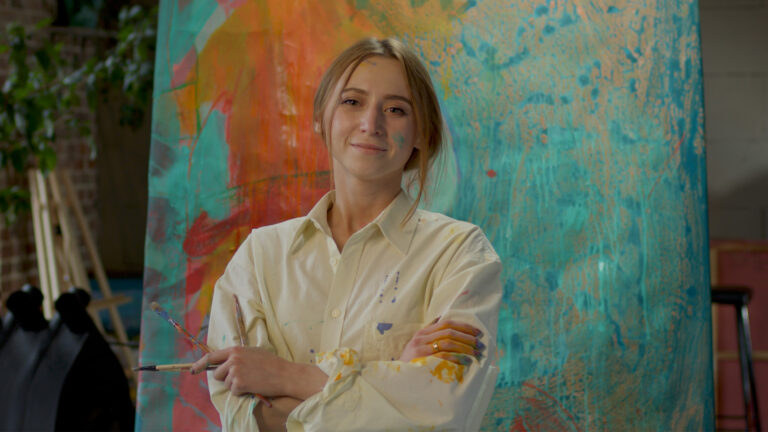Although technology has already enabled us to effectively work remotely—and there are many sectors of the industry that do quite successfully—there are still others who have continued to work in more traditional ways. At least, until very recently.
One sector of the industry that’s relied most heavily on brick-and-mortar, in-person setups is VFX—especially at the highest end of the business.
Security remains a key concern for VFX houses working on high-value, pre-release content, so keeping staff in a controlled environment is a long-standing industry requirement.
But the other factor that plays into the VFX on-premises model is the need for teams of artists to be able to evaluate work together. Directors and visual effects supervisors need to give feedback on every aspect of a shot or sequence—from an animated character’s performance to its choreography with other elements or actors. And because VFX sequences are composed of so many assets, there may be anywhere from several to dozens of contributors involved in a single shot or sequence.
So what happens when a large VFX house needs to quickly adapt to a remote, work-from-home model?
In this week’s episode of “Workflow From Home,” we went behind the scenes of Zoic Studios. This remarkable team nimbly shifted from their on-premises workflow to working from home within two weeks—with their LA studio doing it in a single day. We learned how their infrastructure supported the rapid shift, and how, in some respects, it’s actually improved their efficiency and productivity.
The takeaways? Remote collaboration is here to stay, and the better that organizations can lay the groundwork, the more successful they’ll be.
If VFX studios can make it work, then other, more historically in-person workflows from across the industry can benefit, too.
Introduction
For nearly two decades, Zoic Studios has created some of the most unique and innovative visual effects experiences for film, television, advertising, video games, and interactive projects.
The team at Zoic are masters in design, animation, and compositing, and their work is featured on numerous Emmy award-winning television series including Game of Thrones, True Blood, The Walking Dead, Firefly, Battlestar Galactica, CSI, and many more.
Started by three VFX professionals in Los Angeles (with additional studios now in New York and Vancouver), they have grown to more than 300 employees across three offices.
Andrew Orloff, Zoic co-founder and creative director, spoke to us from his home in Vancouver, and gave us a look into how Zoic shifted their entire operation to a 100 percent remote workflow.
Laying the foundation
Even before the quarantine period, Zoic had implemented a remote workflow of sorts. Using teradici PCoIP with a thin client computer, they were able to upload and download assets through the cloud to their three locations, as well as use the cloud for rendering.
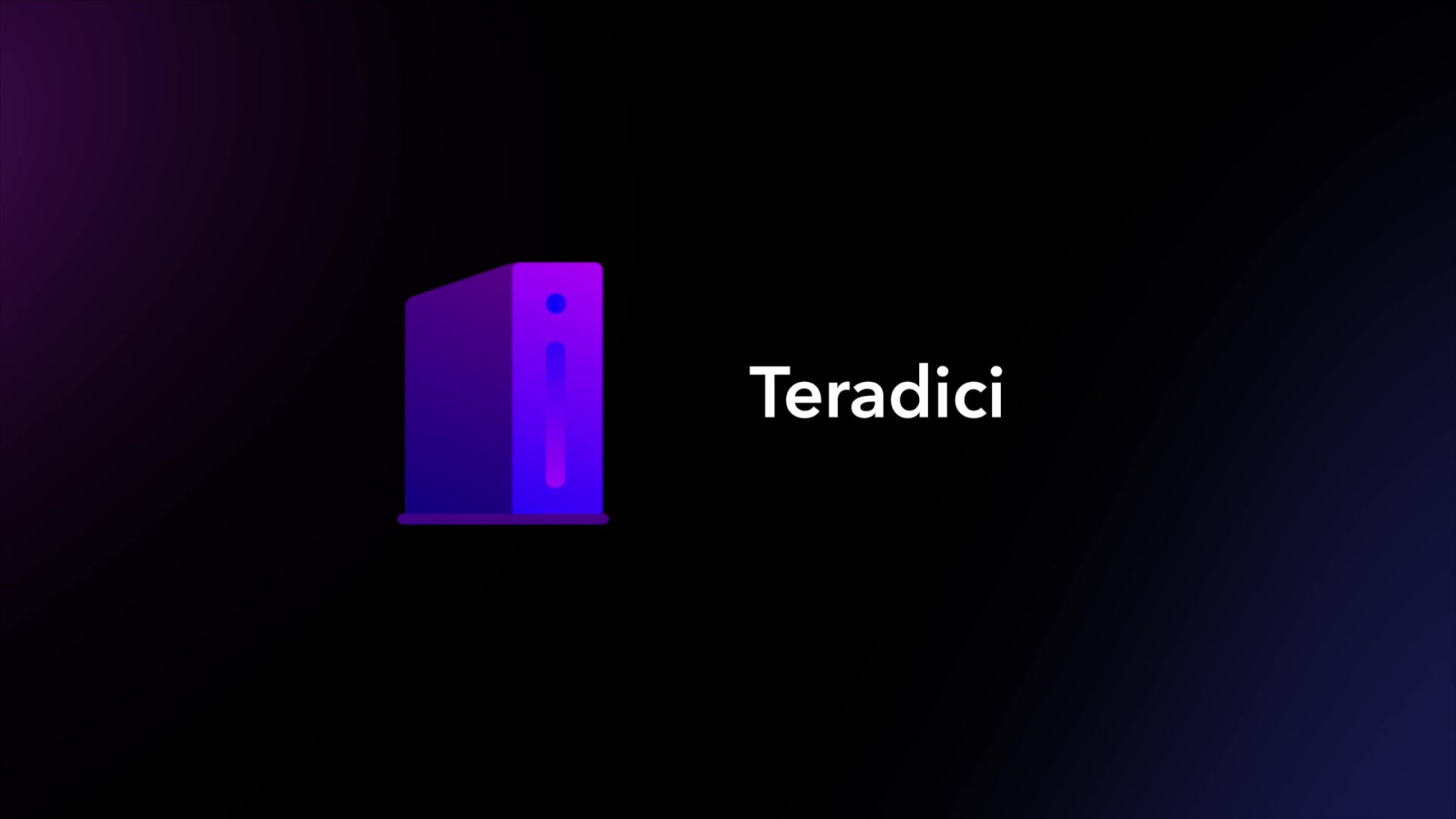
That meant that when quarantine was ordered, their biggest challenge was checking out the equipment artists needed (laptop, mouse, monitor, keyboard, etc.) and helping them get set up with their home internet connections.
In fact, Zoic was so well prepared that they were able to shift more than 100 employees at their LA studio to remote workflows in a single 14-hour day!
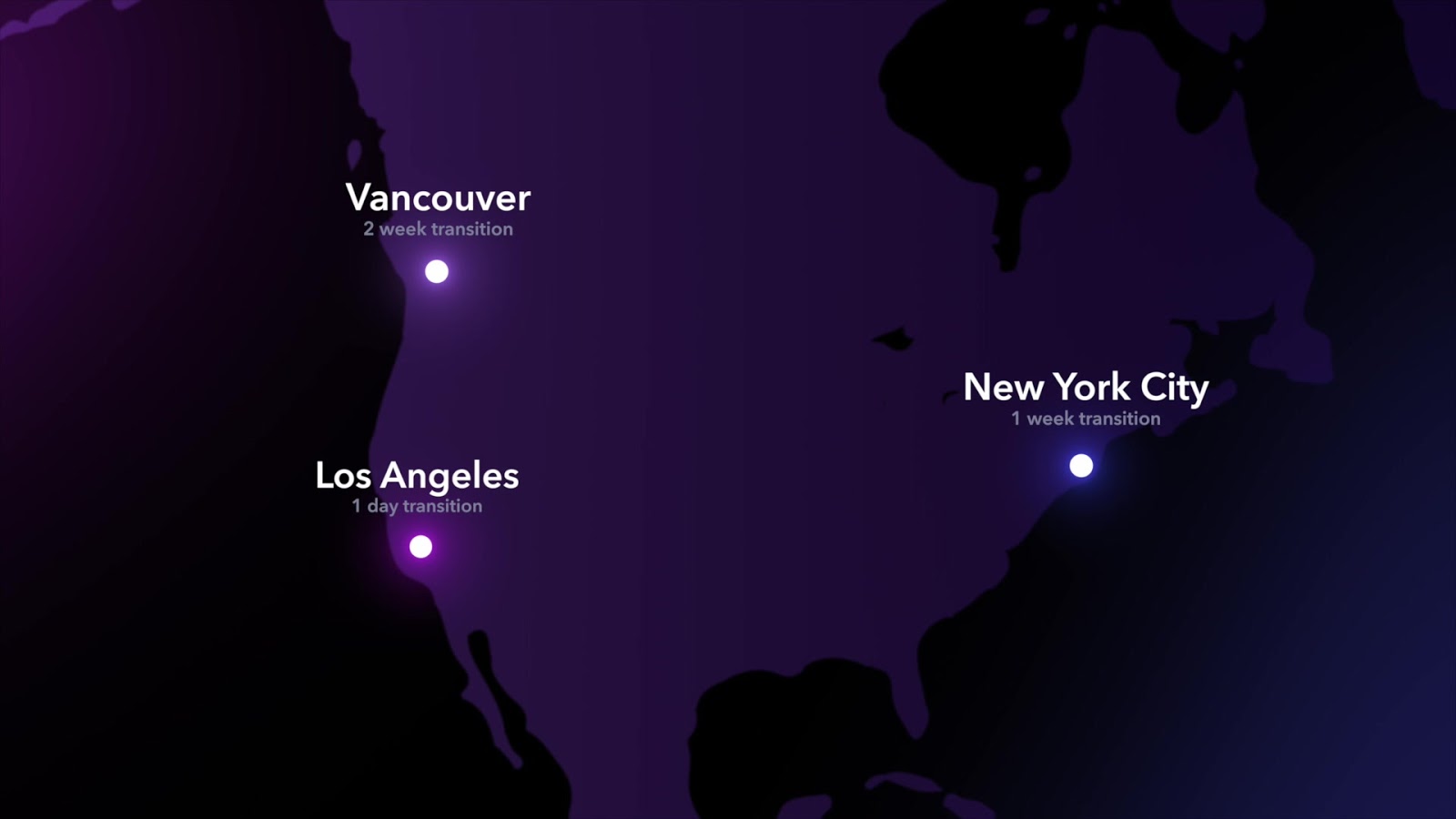
Clarity of communication
Throughout our discussion, Andrew talked about the importance of communication and team interaction.
Inspired by Steve Jobs’ building Pixar so that artists heading to the bathrooms would be forced to pass by other artists’ desks and could see what they were working on, Zoic’s three studios were similarly set up with wide-open floor plans.
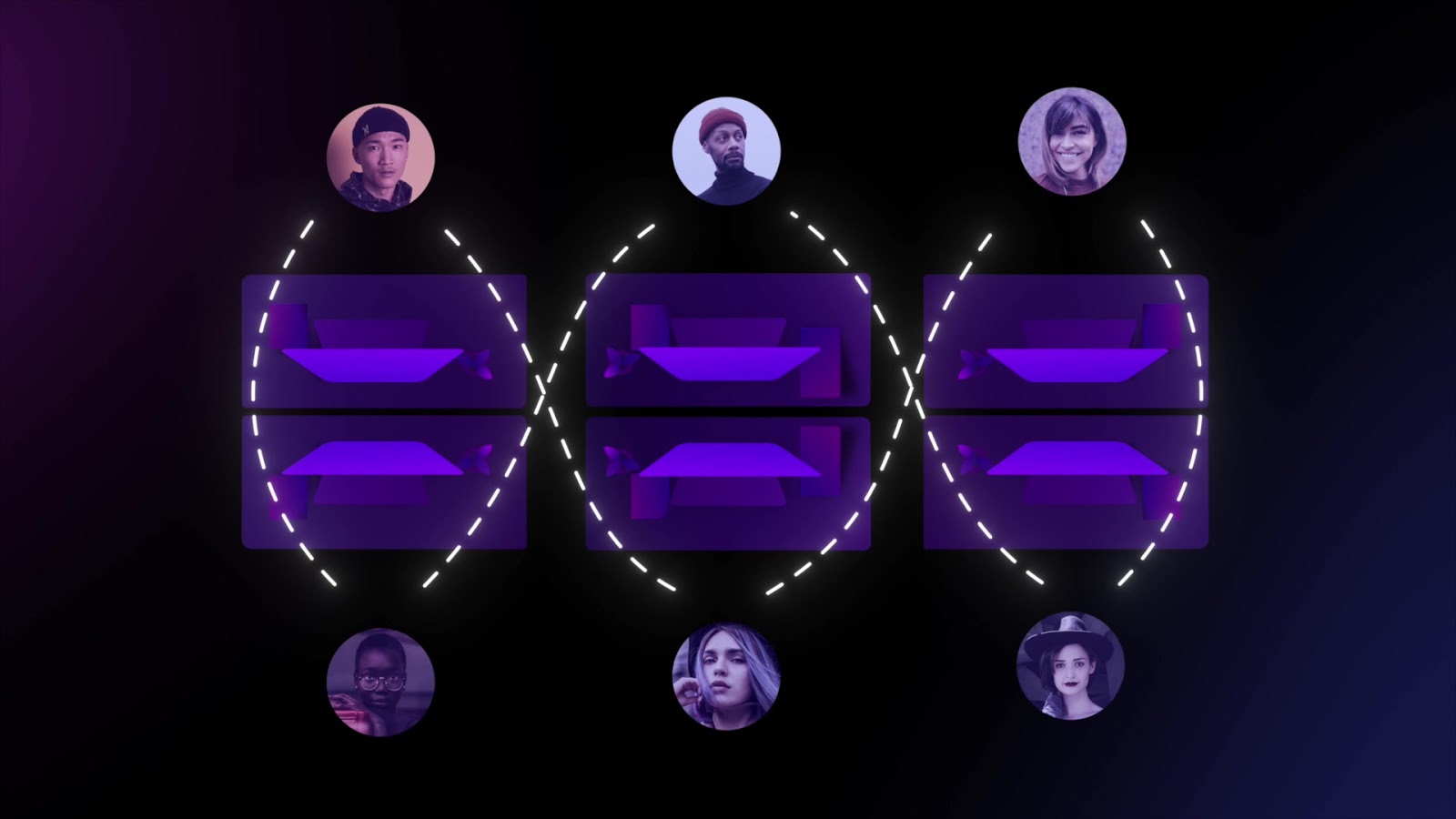
And then, suddenly, everyone was working from home. How much did that affect their communication?
It turns out that it was less than they imagined. Zoic used Microsoft Teams to keep their communications on track. Each morning, the coordinators would sync their teams, and throughout the day the stream of communication stayed organized and clear.
But what was most interesting was that they found that in some ways, communications were clearer while working remotely. Customarily, they were used to viewing dailies in their on-premises, 4K theater.
Obviously, watching dailies on their home screens wasn’t the same quality, but that only truly mattered when they were evaluating final composites.
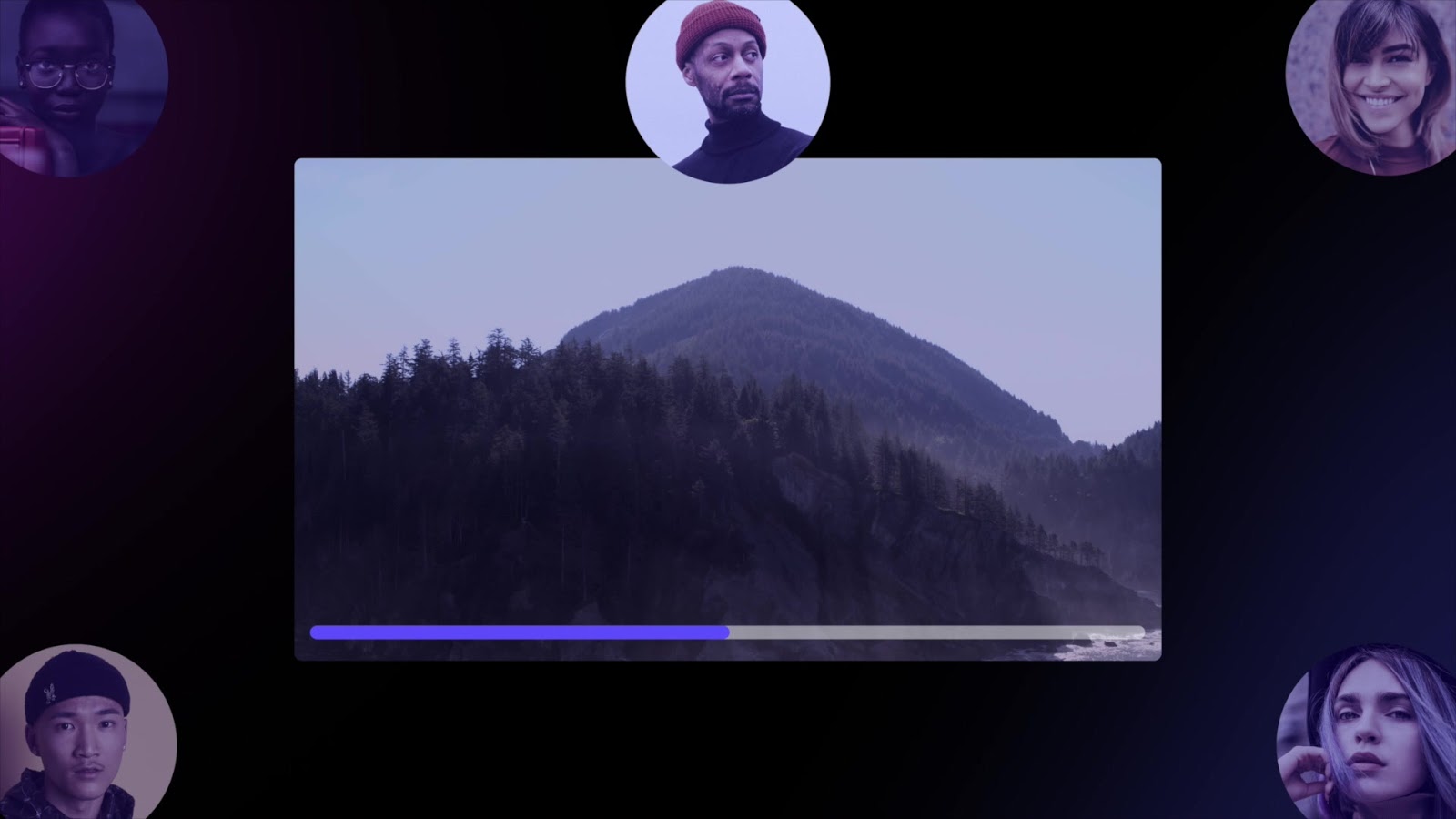
What they did discover, however, was that because everyone was at their computers, it was actually easier for artists to share feedback or to pull up reference images or sequences to share with the group.
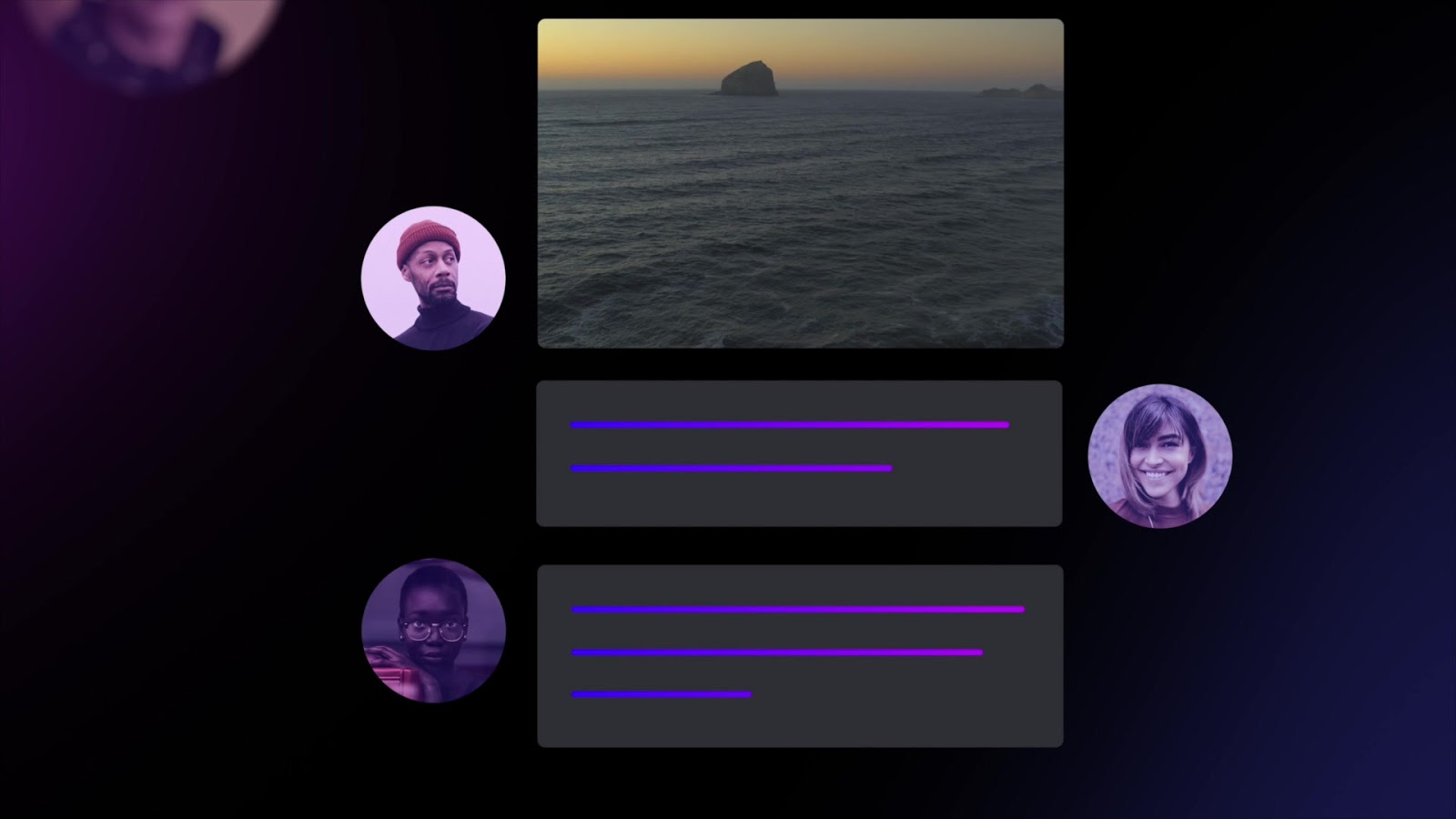
They also found it was easier to have meetings across the various studios than it was when they were physically in them. Typically, they’d have to book a room in one location, book a room in the other location(s), and then wait for everyone to get into those physical rooms.
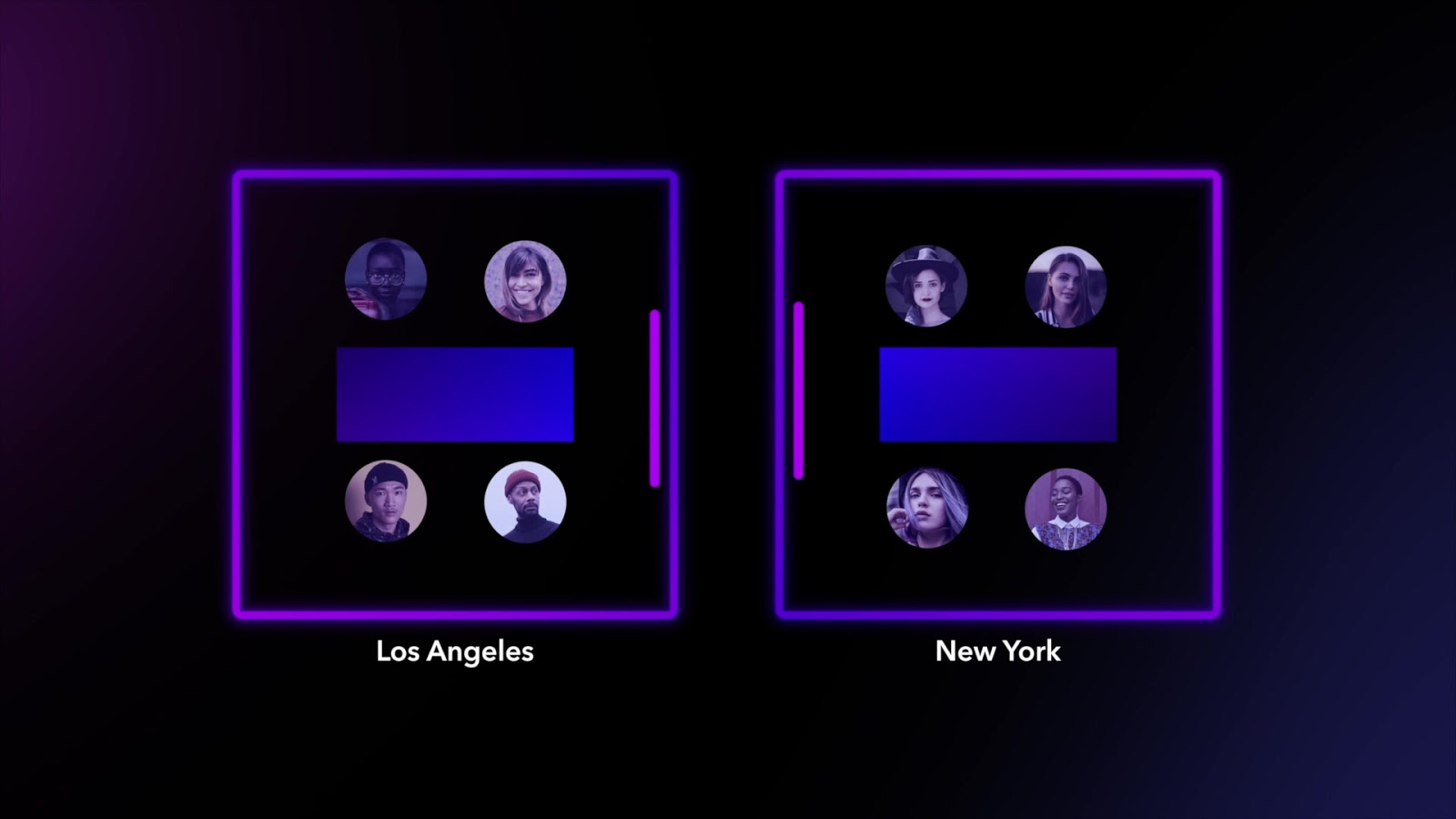
But when everyone was working remotely, when the meeting started they were all there.
As Andrew explains, in a company where creative collaboration is absolutely critical, the organic flow of spontaneous communication definitely changed. But, most significantly, in some ways it changed for the better.
“What you gain,” Andrew says, “Is that every conversation becomes more deliberate.” In other words, having to stop to think about how you’re going to deliver feedback or answer questions can help lead to better clarity of communication.
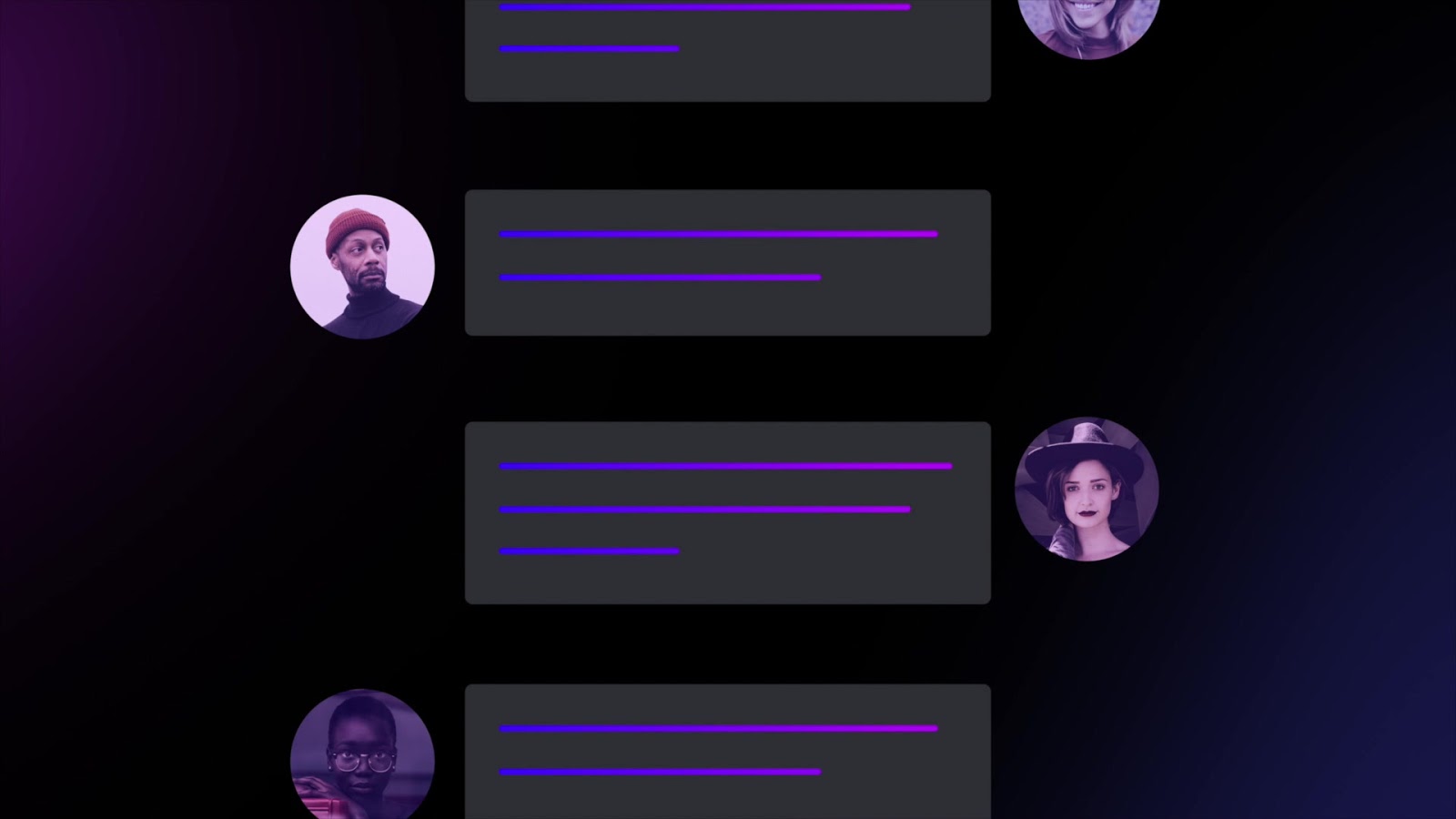
It brings us to a question we’ve been asking ourselves since we started Frame.io—do communications need to be in-person and synchronous or can we be even more efficient by communicating through a work-sharing platform that allows us to work together, even from different locations or time zones? Is our communication clearer when we’re compelled to think about what we say—and how we say it?
Increased efficiency
Zoic realized another advantage of their remote workflow was that the perceived barriers of location no longer mattered. Their customary way of working was to assign, or “cast,” artists based on location.
For example, if their LA studio was working on several projects and needed additional creative resources, they’d look within the LA studio for available artists out of habit.
Historically, they’d have been less likely to expand their talent search beyond their geographical location. But having a fully remote workflow acted as a sort of equalizer—what mattered most was whether there was an artist who was better suited to the task or project. In a remote paradigm, it’s just as easy to talk to an artist in Vancouver as in LA.
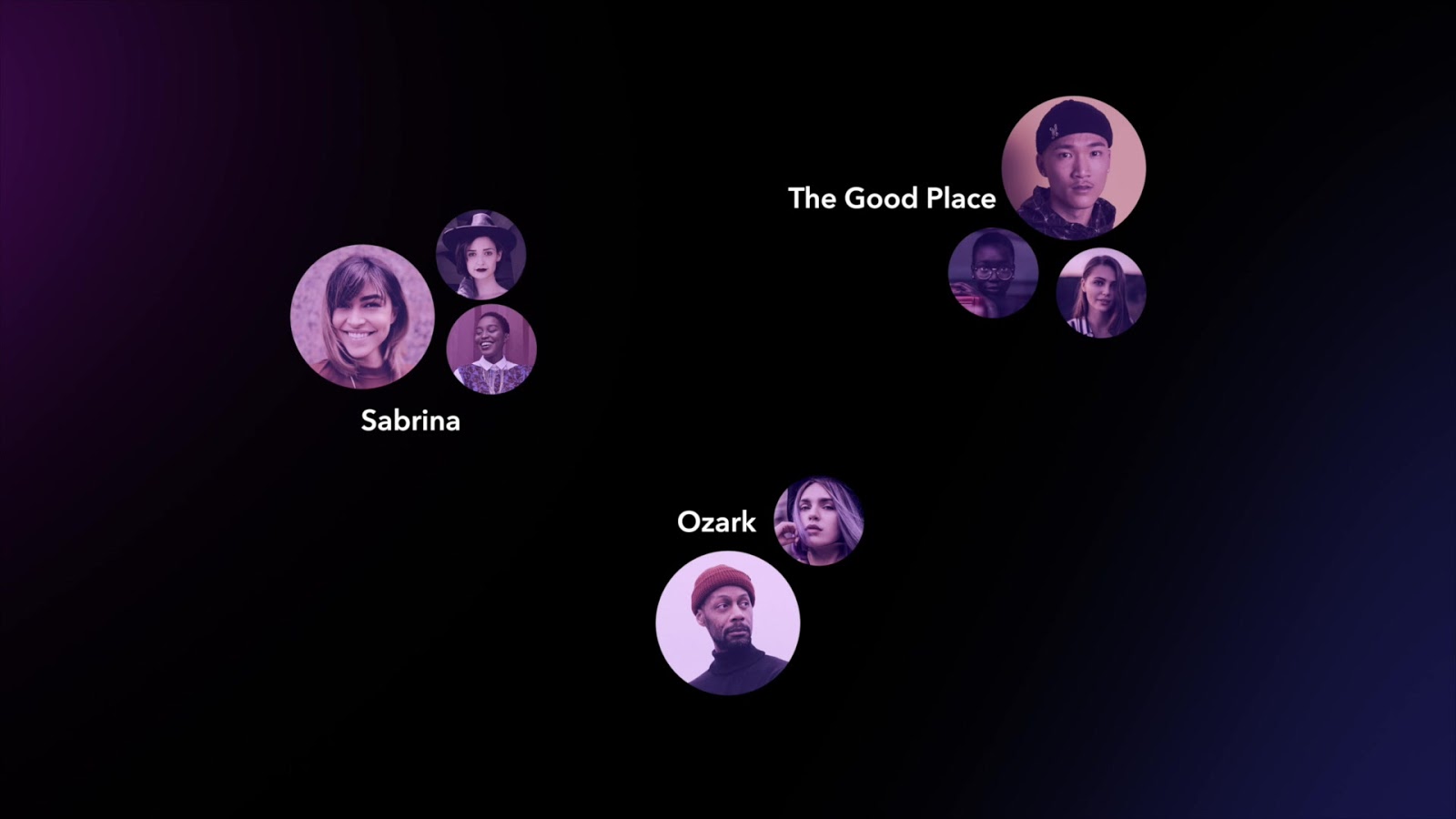
The result was not only that artists were better cast based on their abilities and talents, but that there were measurable efficiencies. Zoic saw both a substantial drop in overtime hours and in the amount of hours that artists spent waiting for assignments.
The lessons learned from this experience will surely carry into Zoic’s future business model. And Zoic is by no means the only organization we’ve heard this from.
So far, everyone we’ve spoken to in the “Workflow From Home” series has articulated similar revelations and conclusions. Yes, it’s a different way of working. Yes, it takes some amount of preparation and adjustment. But, yes, it reveals inefficiencies in the way we used to do things and paves the way for the future of how our industry operates.
Zoic is a great example of how building a flexible foundation can help you reap rewards in this new age of remote workflows. Their prioritization of research and development in service of creative growth should serve as inspiration for others in the industry.
It certainly inspires us to keep creating remote workflow solutions that can enable creators across our industry to work productively and safely—now, and in the future.

